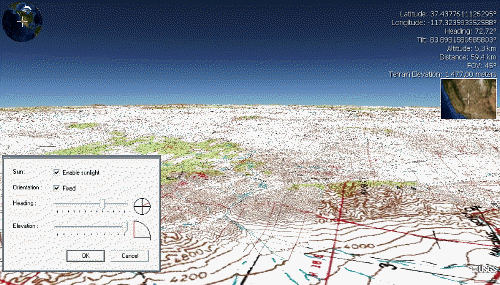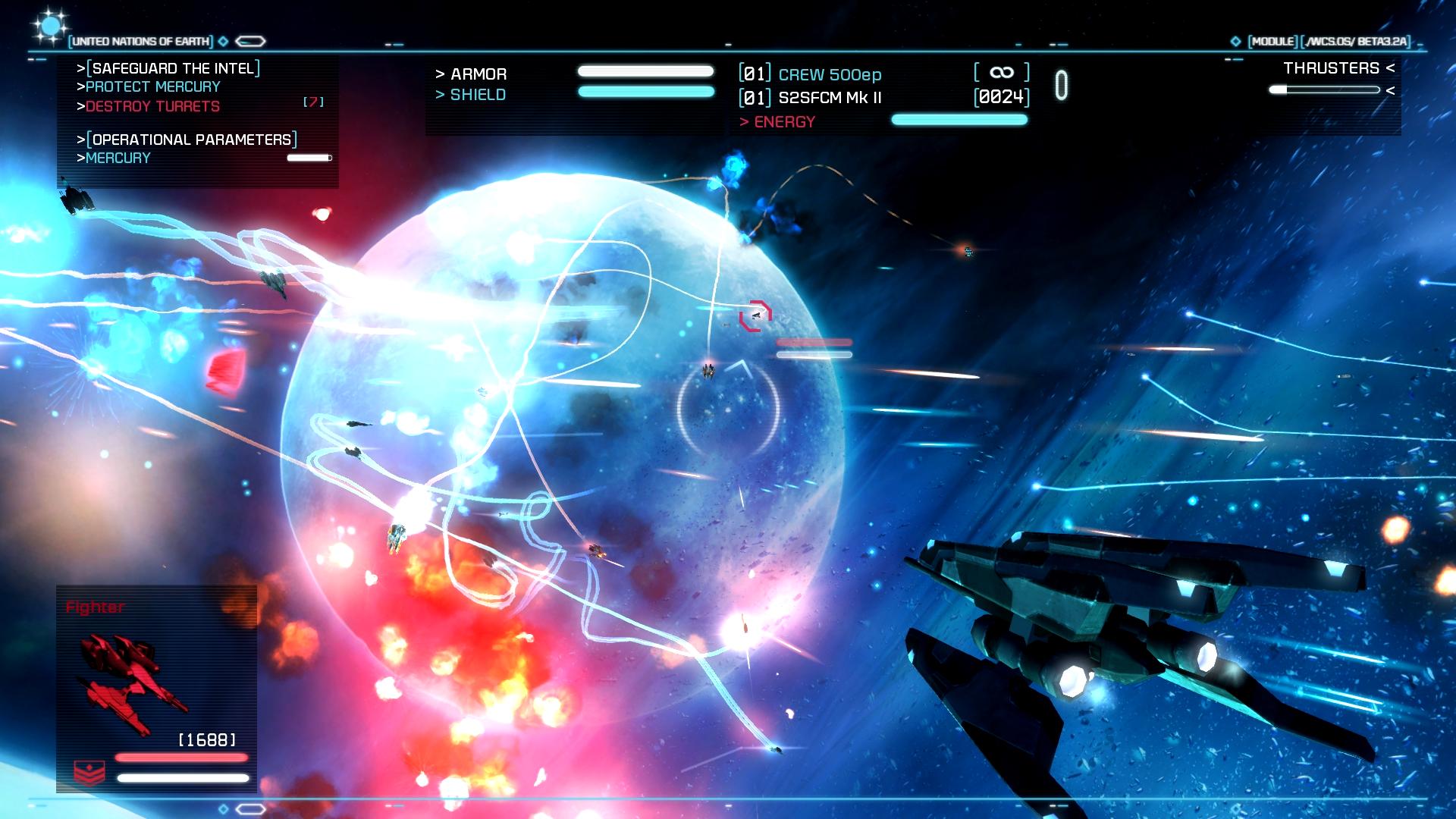|
MaximDL
MaxIm DL is a software package created by Cyanogen Imaging for the intended purpose of astronomical imaging. It contains tools to process and analyze data from imaging array detectors such as Charge-coupled device, CCDs. It is available officially only for Windows 7 and above; however, Windows installations in other operating systems can reproduce correct operation for both imaging and processing but is not officially supported. References Science software Astronomy software {{science-software-stub ... [...More Info...] [...Related Items...] OR: [Wikipedia] [Google] [Baidu] |
NASA World Wind
NASA WorldWind is an open-source (released under the NOSA license and the Apache 2.0 license) virtual globe. According to the website (https://worldwind.arc.nasa.gov/), "WorldWind is an open source virtual globe API. WorldWind allows developers to quickly and easily create interactive visualizations of 3D globe, map and geographical information. Organizations around the world use WorldWind to monitor weather patterns, visualize cities and terrain, track vehicle movement, analyze geospatial data and educate humanity about the Earth." It was first developed by NASA in 2003 for use on personal computers and then further developed in concert with the open source community since 2004. As of 2017, a web-based version of WorldWind is available online. An Android version is also available. The original version relied on .NET Framework, which ran only on Microsoft Windows. The more recent Java version, WorldWind Java, is cross platform, a software development kit (SDK) aime ... [...More Info...] [...Related Items...] OR: [Wikipedia] [Google] [Baidu] |
Planetarium Software
Planetarium software is application software that allows a user to simulate the celestial sphere at any time of day, especially at night, on a computer. Such applications can be as rudimentary as displaying a star chart or sky map for a specific time and location, or as complex as rendering photorealistic views of the sky. While some planetarium software is meant to be used exclusively on a personal computer, some applications can be used to interface with and control telescopes or planetarium projectors. Optional features may include inserting the orbital elements of comets and other newly discovered bodies for display. Comparison of planetarium software See also *Space flight simulation game **List of space flight simulation games *List of observatory software See also *Space flight simulation game **List of space flight simulation games *Planetarium software Astronomy software, * Lists of software, observatory software ... References Educational software Enterta ... [...More Info...] [...Related Items...] OR: [Wikipedia] [Google] [Baidu] |
List Of Space Flight Simulation Games
This is a sourced index of commercial, indie and freeware space flight simulation games. The list is categorized into four sections: space flight simulators, space flight simulators with an added element of combat, space combat simulators with an added element of trading, and unreleased space flight simulators. A space flight simulator game is software that allows the operator to experience spacecraft space flight in outer space with the added elements of gameplay. There are many different types of simulators. These simulators range in purpose from pure simulation to sheer entertainment. Space flight occurs beyond the Earth's atmosphere, and space flight simulators feature the ability to roll, pitch, and yaw. Space flight simulators use flight dynamics in a free environment; this free environment lets the spacecraft move within the three-dimensional coordinate system or the x, y, and z (applicate) axis. :See Lists of video games for related lists. Space flight simulation ga ... [...More Info...] [...Related Items...] OR: [Wikipedia] [Google] [Baidu] |
Space Flight Simulation Game
A space flight simulation is a genre of flight simulator video games that lets players experience space flight to varying degrees of realism. Common mechanics include space exploration, space trade and space combat. Overview Some games in the genre aim to recreate a realistic portrayal of space flight, involving the calculation of orbits within a more complete physics simulation than pseudo space flight simulators. Others focus on gameplay rather than simulating space flight in all its facets. The realism of the latter games is limited to what the game designer deems to be appropriate for the gameplay, instead of focusing on the realism of moving the spacecraft in space. Some "flight models" use a physics system based on Newtonian physics, but these are usually limited to maneuvering the craft in its direct environment, and do not take into consideration the orbital calculations that would make such a game a simulator. Many of the pseudo simulators feature faster than light tr ... [...More Info...] [...Related Items...] OR: [Wikipedia] [Google] [Baidu] |
WorldWide Telescope
WorldWide Telescope (WWT) is an open-source set of applications, data and cloud services, originally created by Microsoft Research but now an open source project hosted on GitHub. The .NET Foundation holds the copyright and the project is managed by the American Astronomical Society and has been supported by grants from the Moore Foundation and National Science Foundation. WWT displays astronomical, earth and planetary data allowing visual navigation through the 3-dimensional (3D) Universe. Users are able to navigate the sky by panning and zooming, or explore the 3D universe from the surface of Earth to past the Cosmic microwave background (CMB), viewing both visual imagery and scientific data (academic papers, etc.) about that area and the objects in it. Data is curated from hundreds of different data sources, but its open data nature allows users to explore any third party data that conforms to a WWT supported format. With the rich source of multi-spectral all-sky images it i ... [...More Info...] [...Related Items...] OR: [Wikipedia] [Google] [Baidu] |
Stellarium (software)
Stellarium is a free and open-source planetarium, licensed under the terms of the GNU General Public License version 2, available for Linux, Windows, and macOS. A port of Stellarium called Stellarium Mobile is available for Android, iOS, and Symbian as a paid version, being developed by Noctua Software. All versions use OpenGL to render a realistic projection of the night sky in real time. Stellarium was featured on SourceForge in May 2006 as ''Project of the Month''. History In 2006, Stellarium 0.7.1 won a gold award in the Education category of the Les Trophées du Libre free software competition. A modified version of Stellarium has been used by the MeerKAT project as a virtual sky display showing where the antennae of the radiotelescope are pointed. In December 2011, Stellarium was added as one of the "featured applications" in the Ubuntu Software Center. Planetarium dome projection The fisheye and spherical mirror distortion features allow Stellarium to be projected ont ... [...More Info...] [...Related Items...] OR: [Wikipedia] [Google] [Baidu] |
Starlink Project
The Starlink Project, referred to by users as ''Starlink'' and by developers as simply ''The Project'', was a UK astronomical computing project which supplied general-purpose data reduction software. Until the late 1990s, it also supplied computing hardware and system administration personnel to UK astronomical institutes. In the former respect, it was analogous to the US IRAF project. The project was formally started in 1980, though the funding had been agreed, and some work begun, a year earlier. It was closed down when its funding was withdrawn by the Particle Physics and Astronomy Research Council in 2005. In 2006, the Joint Astronomy Centre released its own updated version of Starlink and took over maintenance; the task was passed again in mid-2015 to the East Asian Observatory. The latest version was released on 2018 July 19. Part of the software is relicensed under the GNU GPL while some of it remain under the original custom licence. History From its beginning, the ... [...More Info...] [...Related Items...] OR: [Wikipedia] [Google] [Baidu] |
Space Telescope Science Data Analysis System
The Space Telescope Science Data Analysis System (STSDAS) is an IRAF-based suite of astronomical software for reducing and analyzing astronomical data. It contains general purpose tools and packages for processing data from the Hubble Space Telescope. STSDAS is produced by Space Telescope Science Institute (STScI). The STSDAS software is in the public domain and the source code is available. See also *Space flight simulation game **List of space flight simulation games *Planetarium software *List of observatory software See also *Space flight simulation game **List of space flight simulation games *Planetarium software Astronomy software, * Lists of software, observatory software ... References External links STSDAS Home Page Free astronomy software Hubble Space Telescope {{science-software-stub ... [...More Info...] [...Related Items...] OR: [Wikipedia] [Google] [Baidu] |
SpaceEngine
SpaceEngine (stylized as SPΛCE ΞNGINE) is an interactive 3D planetarium and astronomy software developed by Russian astronomer and programmer Vladimir Romanyuk. It creates a 1:1 scale three-dimensional planetarium representing the entire observable universe from a combination of real astronomical data and scientifically-accurate procedural generation algorithms. Users can travel through space in any direction or speed, and forwards or backwards in time. SpaceEngine is in Software release life cycle#Beta, beta status and up to version 0.9.8.0E, released in August 2017, it was and still is available as a freeware download for Microsoft Windows. Version 0.990 beta was the first paid edition, released in June 2019 on Steam (service), Steam. The program has full support for VR headsets. Properties of objects, such as temperature, mass, radius, spectrum, etc., are presented to the user on the HUD (video gaming), HUD and in an accessible information window. Users can observe celestial ... [...More Info...] [...Related Items...] OR: [Wikipedia] [Google] [Baidu] |
KStars
KStars is a freely licensed planetarium program using the KDE Platform. It is available for Linux, BSD, macOS, and Microsoft Windows. A light version of KStars is available for Android devices. It provides an accurate graphical representation of the night sky, from any location on Earth, at any date and time. The display includes up to 100 million stars (with additional addons), 13,000 deep sky objects, constellations from different cultures, all 8 planets, the Sun and Moon, and thousands of comets, asteroids, satellites, and supernovae. It has features to appeal to users of all levels, from informative hypertext articles about astronomy, to robust control of telescopes and CCD cameras, and logging of observations of specific objects. KStars supports adjustable simulation speeds in order to view phenomena that happen over long timescales. For astronomical calculations, Astrocalculator can be used to predict conjunctions, lunar eclipses, and perform many common astronomical calcu ... [...More Info...] [...Related Items...] OR: [Wikipedia] [Google] [Baidu] |
XEphem
XEphem is a Motif based ephemeris and planetarium program for Unix-like operating systems developed by Elwood C. Downey. History XEphem started as a Unix and Motif conversion of the IBM PC-based '. It was initially released in December 1993 with version 2.5. Its commercial edition was discontinued in 2016; the free version continued to be offered as proprietary software. In 2021, however, Downey relicensed XEphem's source code under the MIT License, raising the release version from 3.7.7 to 4.0.0 to highlight the change. Algorithms and models XEphem uses * The VSOP87D planetary theory (full and reduced precision) for Solar System ephemeris, * Approximation to DE200 for the outer planets and Pluto, and * Formulae from J. Meeus (1982) for Jovian and Saturnian natural satellites * Model by the Bureau des Longitudes for Martian and Uranian natural satellites and includes * About 452 million stars from both the Tycho-2 Catalogue and a magnitude limited subset of the Guide St ... [...More Info...] [...Related Items...] OR: [Wikipedia] [Google] [Baidu] |

